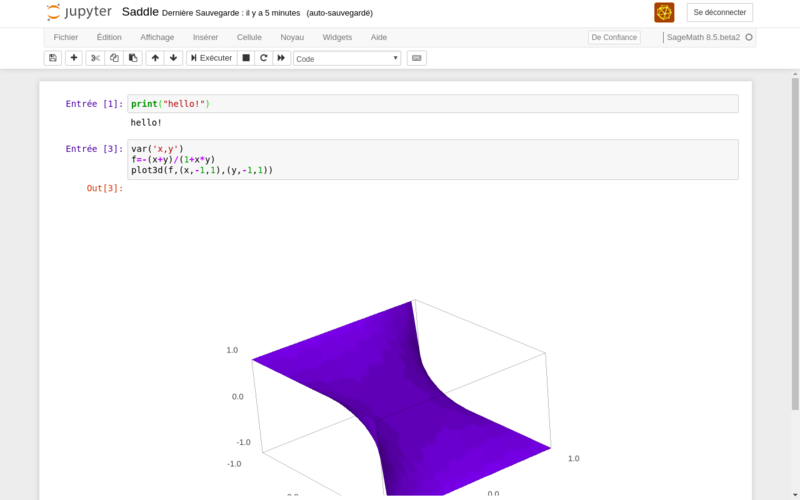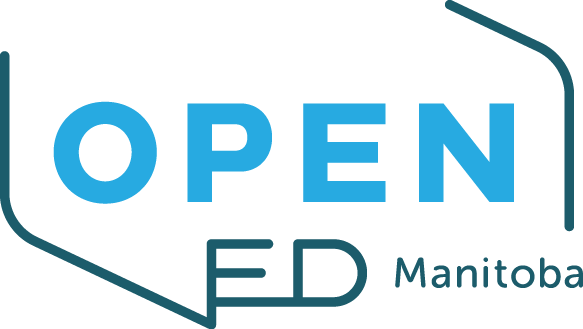Tools and Techniques for Creating OER
Learning Objectives
By the end of this chapter, you should be able to:
- Provide examples each of low-tech, medium-tech, and high-tech tools for creating OER.
- Explain why an instructor might choose to develop OER using low-tech tools.
- Describe one medium- or high-tech tool you could use to develop an OER.
Consider your Tools
In most cases, the best option for creating OER is to use a digital platform. This makes resources easily shareable and accessible to anyone who has access to a device. However, it can be a challenge to decide what platform will best support your OER. This chapter organizes options based on digital literacy skills. Both the skills of the creator and the user should be considered when choosing the best tools for creating an open resource.[1]
Low Tech
The easiest and most popular way to create educational resources is by using a word processor such as Microsoft Word or Google Docs. These platforms make it easy to print or export content to PDF, and contain features required for basic content creation. Other low-tech options include:
- LibreOffice Draw: Draw lets you produce anything from a quick sketch to a complex plan, and gives you the means to communicate with graphics and diagrams. Draw is an excellent package for producing technical drawings and other visual examples.
- InkScape: An open source application that creates and edits PDFs and also works as a vector drawing and graphics tool. A better option for PDF editing if your document is image-heavy.
Medium Tech
Another common way to create or edit educational resources is to create a website or hosted resource. These may include blogs, websites, or wikis, and allow you to have a central hub to post multiple forms of content.
Check Your Understanding
Think about ways you could use Low- or Medium-Tech resources in your class. Is there a Medium-tech resource you’re already using in your classes? Could you create and disseminate OER easily using that software, or do you need additional training to feel confident?
Look around your campus and see if there are workshops available on the software you want to learn.
Additional medium-tech options include:
- Pressbooks: Pressbooks is a simple book formatting software. The University of Manitoba provides access to Pressbooks through a partnership with Campus Manitoba.
- Gnu Image Manipulation Program (GIMP): GIMP is an open source, cross-platform image editor available for GNU/Linux, OS X, Windows, and other operating systems.
- OER Commons Open Author: Open Author helps you build Open Educational Resources, lesson plans, and courses to share openly on the OER Commons platform.
High Tech
There are a number of platforms that provide professional tools for authoring content, and some are very easy to use. A common tool used by OER projects is PressBooks (in which this text is published), a publishing software that makes it easy to produce interactive e-books and other text-based content. Other tools, like Jupyter Notebooks, may take time to master and require special expertise.

Additional high-tech options include:
- GitBook: Created by GitHub, this open source tool allows you to create a book hosted on the GitHub platform. You can create your book in Markdown, add images and embed content from the Internet.
- Bookdown: The bookdown package is an open-source R package that facilitates writing books and long-form articles/reports with R Markdown.
- Jupyter Notebooks: Jupyter is an open-source web application that allows you to create and share documents that contain live code, equations, visualizations, and narrative text.
Ensure that you are checking the restrictions given by software on how you may share the final version of your project. Your choice of platform may be influenced by the terms of use..
- Attribution: This chapter was adapted from the SPARC Open Education Primer created by the SPARC Open Education Leadership Program, licensed CC BY 4.0. ↵


Feedback/Errata